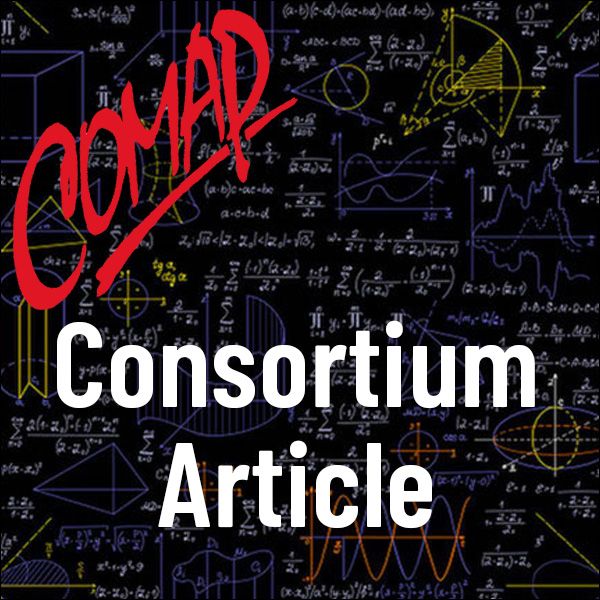Cellular Automata
Author: Jonathan Choate
Much of what we teach with regards to modeling is still very much influenced by the Newtonian deterministic view of the world. Put simply, if you know where an object is and what the forces operating on the object are, then you can predict where the object will be in the future and tell where it has been in the past. This view of the world has helped us understand much, but it has had its shortcomings. It has not been particularly helpful in allowing us to understand the weather, how the brain works, or a lot of social behavior. Chaos theory has helped, but we are still searching for other modeling tools. Complexity theory, with its underlying principle that complex behavior can have very simple causes, appears to have great promise but still lacks any significant underlying mathematical base. This may no longer be true with the arrival of Stephen Wolfram's A New Kind of Science [Wolfram Media, 2002, ISBN 1579550207].
This book has generated much controversy for a variety of reasons. It is self-published, has had no peer review, and does not give credit to others for some of the ideas developed. It does, however, offer an interesting way of examining behavior, and that is through the use of cellular automata. The purpose of this column is not to give a review of Wolfram's book, but to take a look at some of the general ideas behind the book, and to introduce you to an interesting modeling tool that plays a central role in Wolfram's work. This tool is a cellular automaton (CA).

Mathematics Topics:
Application Areas:
You must have a Full Membership to download this resource.
If you're already a member, login here.